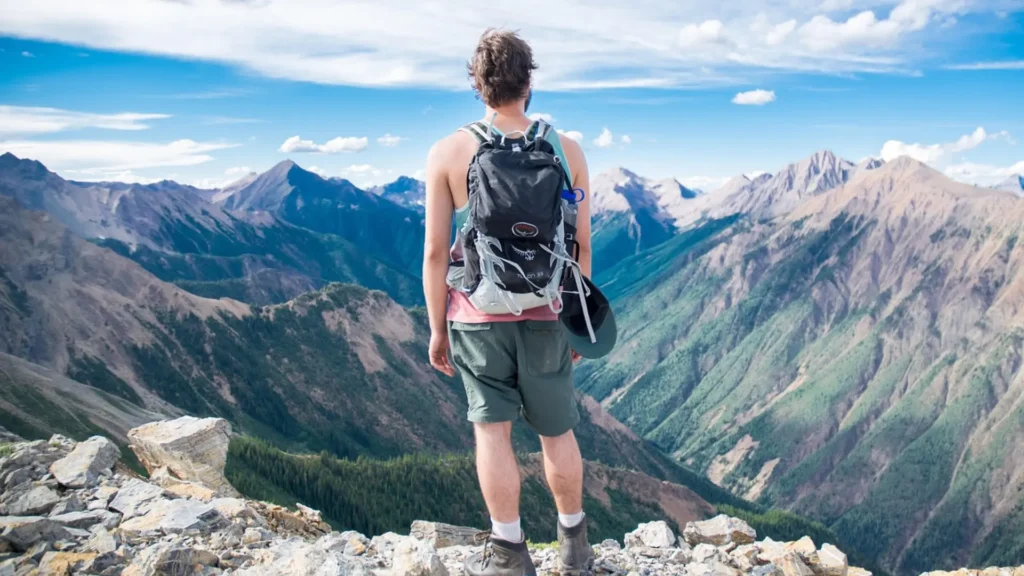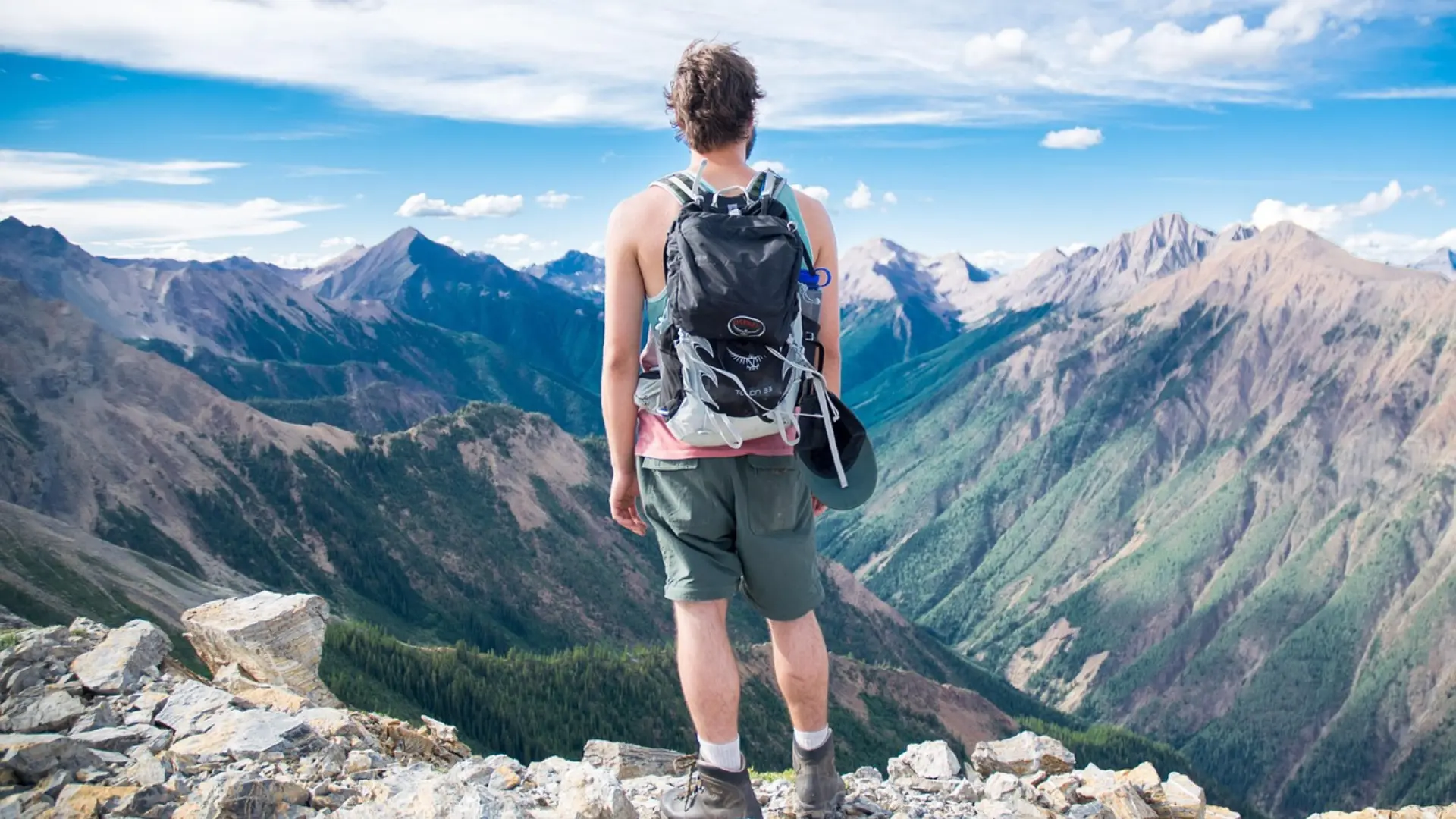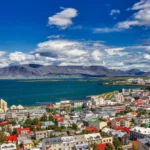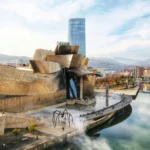Imagine standing on a rugged mountain pass, your heartbeat syncing with the rhythm of the trail. The world below feels distant, replaced by crisp alpine air and the sound of boots crunching over stone. That moment isn’t just about reaching a summit; it’s about the journey that brought you there—the planning, the preparation, and the resilience.
That’s the essence of trek travel. It’s not just a trip; it’s an adventure that pushes you beyond comfort zones, introduces you to cultures far from your own, and rewards you with views that postcards can never fully capture.
Whether you’re stepping into trekking for the first time or you’ve already tested your limits on high-altitude routes, this guide gives you a complete roadmap to plan the perfect journey.

Table of Contents
What Is Trek Travel and Why It’s Life-Changing
Trek travel is more than simply walking long distances. It’s a form of slow travel where you immerse yourself in landscapes and cultures at a pace that lets every detail sink in.
Here’s what makes it powerful:
- Physical benefits: Trekking builds endurance, strengthens muscles, and improves cardiovascular health.
- Mental clarity: Long trails give you time to think, reflect, and reset your mind.
- Cultural immersion: Many treks pass through villages, monasteries, or local communities where you experience traditions first-hand.
- Connection with nature: From glaciers to deserts, trek travel brings you face to face with raw, untouched beauty.
In short, trek travel changes the way you see both the world and yourself.
Choosing the Right Trek Travel Experience
Your trek experience should match both your fitness level and your goals. Choosing wisely ensures the journey feels rewarding instead of overwhelming.
Beginner-Friendly Treks
If you’re new, start with trails that balance challenge with accessibility. Some great options include:
- Sacred Valley, Peru – Short routes with rich cultural history.
- Atlas Mountains, Morocco – A moderate climb with stunning views.
- Poon Hill, Nepal – A shorter trek offering Himalayan panoramas.
Challenging Treks for Experts
For seasoned adventurers, high-altitude, multi-day treks test endurance and determination:
- Everest Base Camp, Nepal – Demanding but iconic.
- Annapurna Circuit, Nepal – Varied terrain and high passes.
- Mount Kilimanjaro, Tanzania – Africa’s highest peak with diverse climates.
- Patagonia, Chile & Argentina – Glaciers, rugged peaks, and dramatic weather.
Table: Beginner vs. Expert Treks
| Feature | Beginner Treks (e.g., Poon Hill) | Expert Treks (e.g., Everest Base Camp) |
|---|---|---|
| Duration | 2–5 days | 10–20+ days |
| Difficulty Level | Easy to moderate | Hard to extreme |
| Altitude | Below 3,000m | 3,500m – 5,500m+ |
| Preparation Needed | Basic fitness | High fitness + altitude training |
| Best For | First-timers, families | Experienced trekkers, adventurers |
How to Prepare for Your Trek Travel Journey
Planning well ensures that your trek is enjoyable instead of stressful.
Physical Fitness & Training
Even a short trek demands stamina. To prepare, you should:
- Build cardiovascular strength with running, cycling, or swimming.
- Add strength training for legs, back, and core.
- Practice hiking with a loaded backpack.
- Gradually increase intensity to simulate trekking conditions.
Packing Essentials for Trekking
What you carry can make or break your experience.
Core items include:
- Sturdy trekking boots
- Layered clothing (base, mid, outer)
- Waterproof jacket
- Lightweight backpack with rain cover
- Trekking poles
- Refillable water bottle or hydration bladder
- Compact first aid kit
Pro tip: Keep your load light—every extra kilogram feels heavier after hours on the trail.
Permits, Guides & Safety Measures
- Many treks (like the Inca Trail or Everest) require permits—apply early.
- Hiring a guide offers both safety and cultural insight.
- Always have emergency evacuation insurance.
Documents Checklist:
- Passport & visas
- Trekking permits
- Travel insurance
- Local emergency contacts
Trek Travel Planning Tips for Beginners vs Experts
Budgeting for Your Trek
- Beginners: Expect lower costs—guided short treks, basic gear.
- Experts: Budget for quality gear, guides, porters, insurance, and training.
Timing and Seasons
Choosing the right season matters:
- Himalayas: October–November or March–April.
- Peru (Inca Trail): May–September.
- Morocco (Atlas Mountains): Spring or autumn.
Cultural Etiquette and Respect
Trekking often passes through villages—respect local traditions:
- Learn greetings in the local language.
- Dress modestly.
- Avoid single-use plastics.
Common Challenges in Trek Travel (and How to Overcome Them)
Altitude Sickness
- Symptoms: headaches, nausea, dizziness.
- Prevention: ascend slowly, stay hydrated, allow rest days.
Weather and Terrain Risks
- Always check local forecasts.
- Carry waterproof gear.
- Learn basic navigation skills.
Mental Barriers
Your mindset is as important as fitness:
- Break the trek into small milestones.
- Use positive self-talk.
- Trek with a supportive group.
Trek Travel Itineraries and Must-Visit Destinations
Short Treks (1–5 Days)
- Poon Hill, Nepal
- Toubkal, Morocco
- Tiger’s Nest, Bhutan
Long Treks (6+ Days)
- Everest Base Camp, Nepal
- Annapurna Circuit, Nepal
- Kilimanjaro, Tanzania
- Patagonia W Trek, Chile
Table: Popular Trek Travel Routes Worldwide
| Destination | Duration | Difficulty | Highlight |
|---|---|---|---|
| Inca Trail, Peru | 4 days | Moderate | Machu Picchu views |
| Everest Base Camp, Nepal | 12–14 days | Hard | Himalayan peaks |
| Toubkal, Morocco | 3 days | Moderate | Atlas Mountains |
| Kilimanjaro, Tanzania | 7–9 days | Hard | Africa’s highest peak |
| Patagonia W Trek, Chile | 5–7 days | Moderate-hard | Glaciers & lakes |
Practical Trek Travel Tips to Enhance Your Experience
- Stay hydrated—carry 2 liters minimum.
- Eat energy-rich foods: nuts, dried fruit, protein bars.
- Carry reusable bottles to reduce waste.
- Keep a journal—it makes the journey memorable.
- Never skip travel insurance.
Conclusion:
Trek travel isn’t about speed—it’s about depth. It’s about discovering your limits, finding peace in wild places, and connecting with cultures you might never otherwise encounter. Whether you’re stepping onto your first short trail or gearing up for a demanding expedition, every trek is a story worth living.
FAQ :
What is trek travel and how is it different from hiking?
Trek travel usually spans multiple days, involves varied terrain, and often includes cultural immersion—unlike day hikes.
How fit do you need to be for trek travel?
With training, anyone can attempt beginner routes. For expert-level treks, you’ll need advanced stamina and altitude preparation.
What should beginners know before their first trek?
Start small, pack light, and don’t underestimate the power of preparation.
Do I need a guide for trek travel or can I go solo?
Some routes allow solo trekking, but high-altitude or remote treks are safer with guides.
What are the best countries for trek travel?
Nepal, Peru, Morocco, Bhutan, Chile, and Tanzania are among the top choices.








Leave a Reply